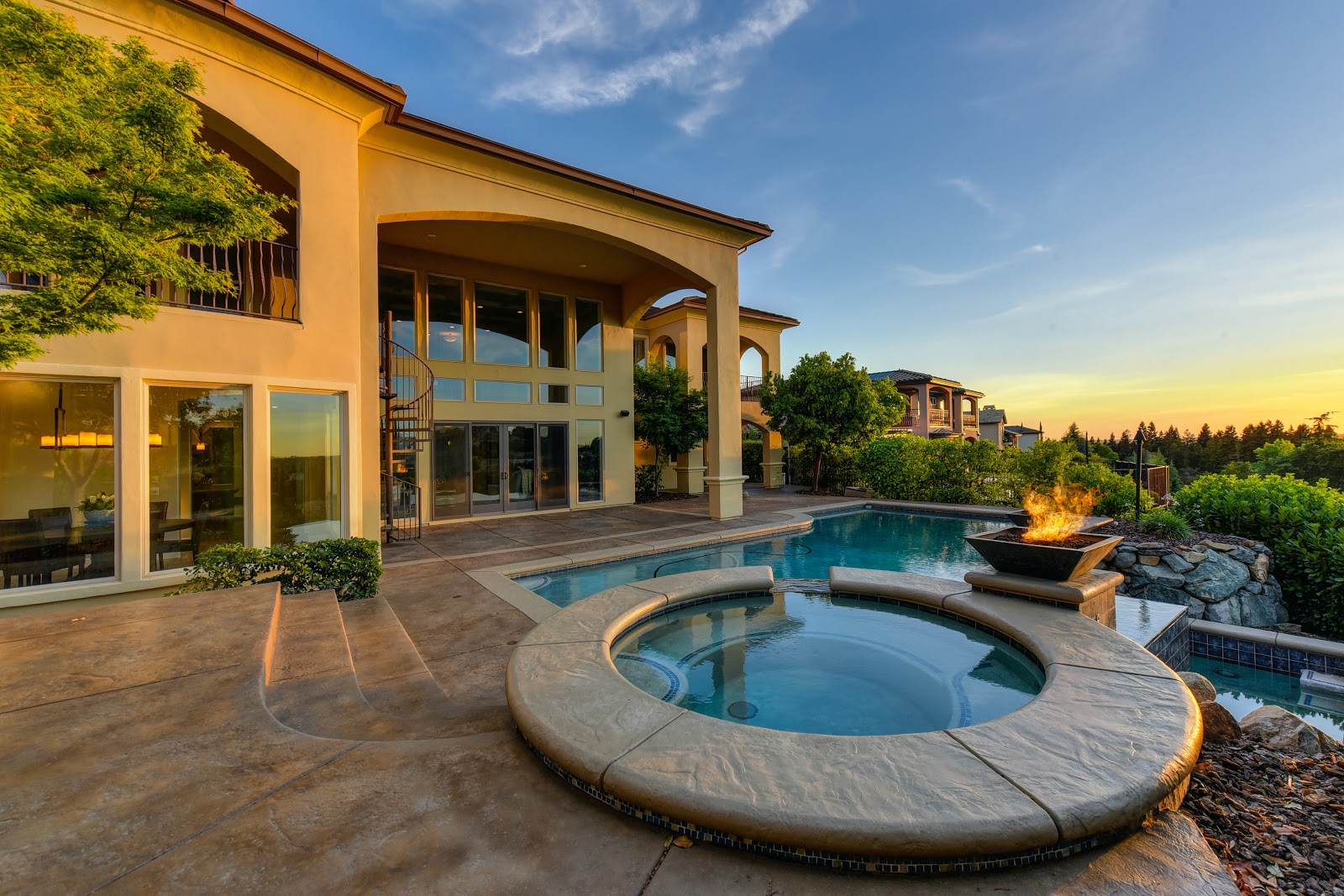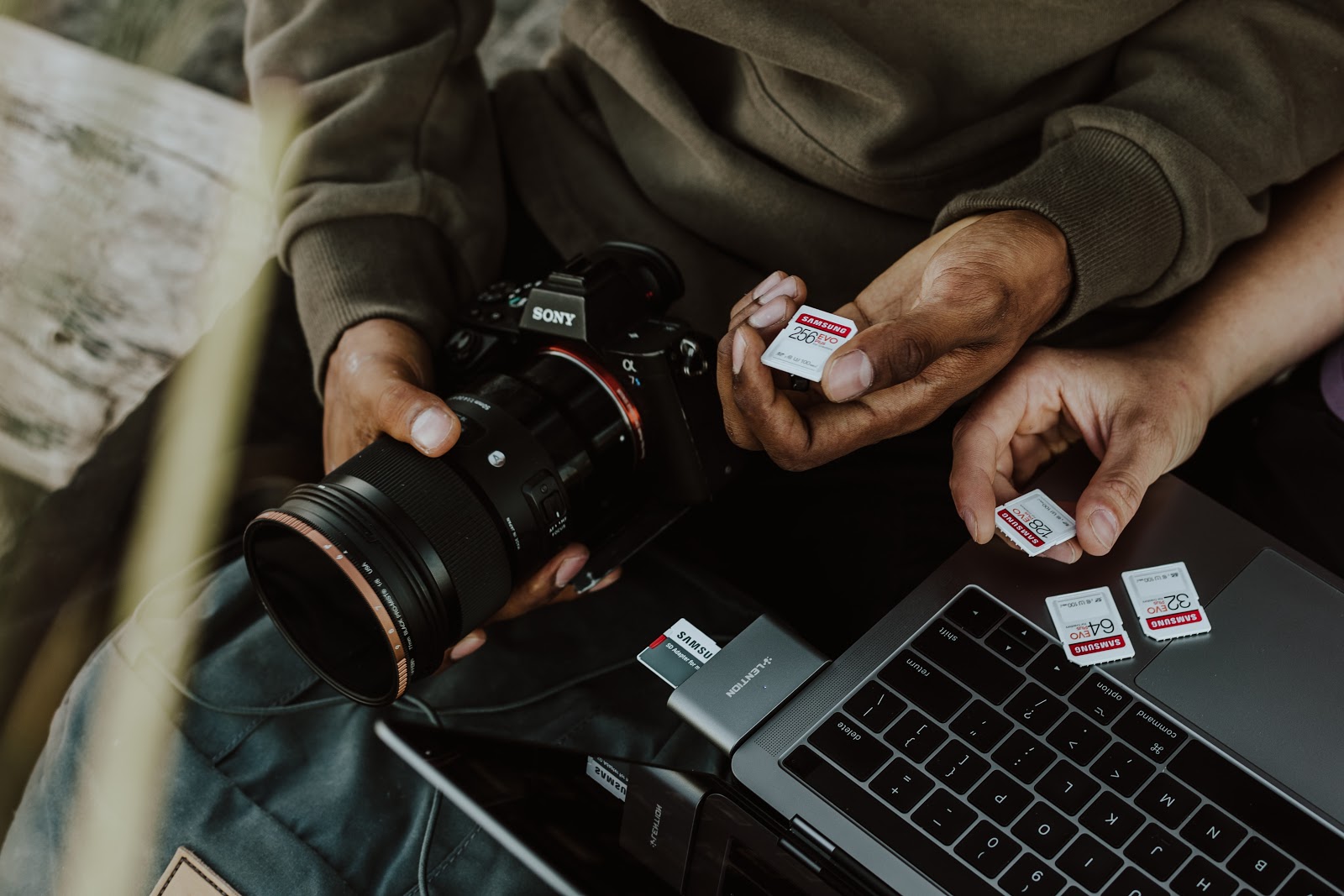13 Great Tips & Techniques For Real Estate Photography
by Brianna from Blueprints

If you are new to the real estate photography business or want to make a career in it. Here are a few tips and techniques to enhance your photography skills and impress the real estate agent and buyers.
Tips and Techniques for Real Estate Photography
1. Scan the property
The first thing you need to do is perform a walkthrough of the property and get a sense of each room. Take notes of the property so that you can prepare yourself to get the perfect photos. Arriving with your equipment to a strange property can be challenging and time consuming. Once familiar, think about the best angles, lighting required, and you can also consider shooting tricky places first as it may take more time than other shots.
2. Choosing the right time
The time of day will have a major impact on the quality of your photos. Scheduling your shoots in the day time is a great way to use all the natural light and get bright saturated colours in your photos. Bad weather such as rain can be quite challenging, therefore make sure you check these factors before you step out to shoot. For exterior shots, you can opt for a time when the sun is glowing behind the house. This gives you a lot of options to shoot and capture some beautiful images.
It is important for you to have all the necessary equipment required for your shoot. Preparing in advance is essential so you don't end up short at the time of the shoot. If you reach the location and realize your batteries aren’t charged or you don’t have enough space on your memory card, this can have a negative impact on your shoot and you may not be called again for future jobs.

Making a list of the images you want to capture is one of the most important factors in real estate photography preps. The list will vary from house to house but usually it includes a photo of each room, any specific feature of the house, garage, the yard, and an exterior of the home. An aerial image from a drone can be a great addition to your list.

Most professional real estate photographers prefer shooting in natural light. Opening windows and blinds will give you better lighting and you won’t have to depend on artificial lights. Low lighting in a room only results in dark, hard to view images. Natural light will make your photos as realistic as possible, and the clients will see how the house actually looks.
When using only one angle or composition, your photos end up looking too bland and may not be pleasing to a potential buyer. Get creative by using different angles and shots without compromising the quality of your photos. Remember the goal is to make your pictures look engaging and attractive.
For real estate photography, a wide lens is your best bet in capturing stunning images of the property. Compared to other lenses available, you will be able to cover maximum space and enhance depth of the room. Using a wide angle lens for exterior photos of the property will give good clarity and capture a better view.

Even though natural light is a preferred option for many real estate photographers, sometimes you need to depend on your inbuilt flash or external flash. You can use flash in many creative ways, such as making your photo radiate more natural colours or to highlight important details. Whether shooting at a wide space or a small room with low light, use the flash wisely and make the most out of it.
9. White Balance
Monitoring white balance of your photos is a must. If the property is very bright, a wrong white balance setting can make it look yellow or pale. Wrong white balance settings can hold you back from getting the desired results.
10. Be adaptable and flexible
To be a successful and professional real estate photographer, it is important to adapt to your surroundings. Every shoot or project is different. It may not fit your general preferences like a bright sunny day, instead you are faced with a cloudy or stormy day. But it is your job to make the best out of it and make your client happy with their choice. Your clients will appreciate your ability to pivot and come up with a great shot, no matter the circumstances.
11. Use a tripod
ISO can be your best friend when there is low light at the property. Sometimes your lighting equipment is not enough or it is difficult to set it up for some reason. A tripod will help you capture some beautiful images without compromising the quality of your shot.

When photographing for real estate agents, most of the houses are unoccupied and they are not pleasing in images. You stage a bouquet of flowers or a bowl of fruits to add life and style in the surroundings. Clear clutter that can be distracting in your images such as toiletries, trash cans, stacks of paper, etc.
One of the downsides of using a wide-angle lens for real estate photography is that it can create some distortion in your photos and make certain areas in an image appear warped or slightly off. But the upside is that you can correct this issue when you edit your photos using softwares available online. Shooting images in RAW files and then post editing them is a great way to bring your picture to perfection.
